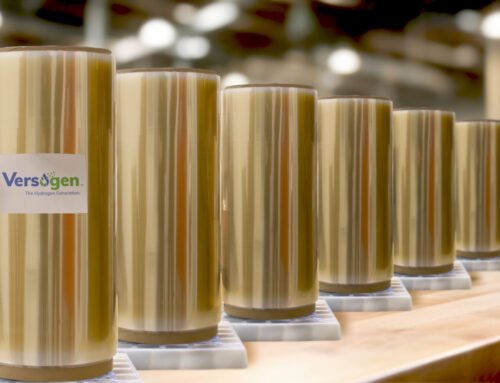Working on a woodworking project is always fun even though it may have its frustrating moments. After all, in most cases it is a hobby and one that is suppose to be enjoyable. The greatest anticipation and driving force is the anticipation of the finished product. There is something satisfying in having that almost finished project in front of you ready for the finishing touches. It's been a great project, everything turned out perfect now comes the final decision which is how do you finish it off? There are so many choices of finishes and tints how do you know which one is going to be the best for this particular piece. It's somewhat stressful at this point because you have done a lot of hard work and the piece is perfect it would be most disappointing if you ruined it at this stage. So take a deep breath and tackle the job head-on.
The object itself is partly going to help you determine what type of finish you are going to use. If it's a usable object that possibly could get market up then you need to think a little differently regarding your finish. For example, a table or countertop is going to have things set on it all the time. Hot and cold items as well as items that could stain the wood. In this case, you need a durable protective finish. At this point, we have not even considered the esthetics part of it. That comes next. You need to decide if you are going to use a stain or leave the wood natural. Finally it comes down to what's easiest for you and what do you feel most comfortable doing. If you are a novice to woodworking then you need to find the easiest products to work with in the simplest fashion and application.
Again, when it comes to the durability and protective coating that you are going to use you will find many of them on the market but again it's going to depend on your project. We talked about what tables and countertops are exposed to so you will need a protective coating that is going to withstand this. Then if it's outdoor furniture or décor that you have done then it's got different requirements for a protective finishing. The same applies for food items such as salad bowls and steak plates. The finishes that you use on these must be food safe. Whatever one you decide on do not cut corners and be absolutely sure that you have followed the manufacturers directions and have applied as many coats as required.
Naturally, you know that the stains are going to change the color but also keep in mind that the protective coatings will also alter the color somewhat. If you are using the water base protective coatings then it will not be as much of an issue as with the other types.
It is always a good idea to check with your home improvement center where you buy your products. They have good feedback as well as product knowledge and will be able to give you some good first hand knowledge about the products you are thinking of buying.






Leave A Comment